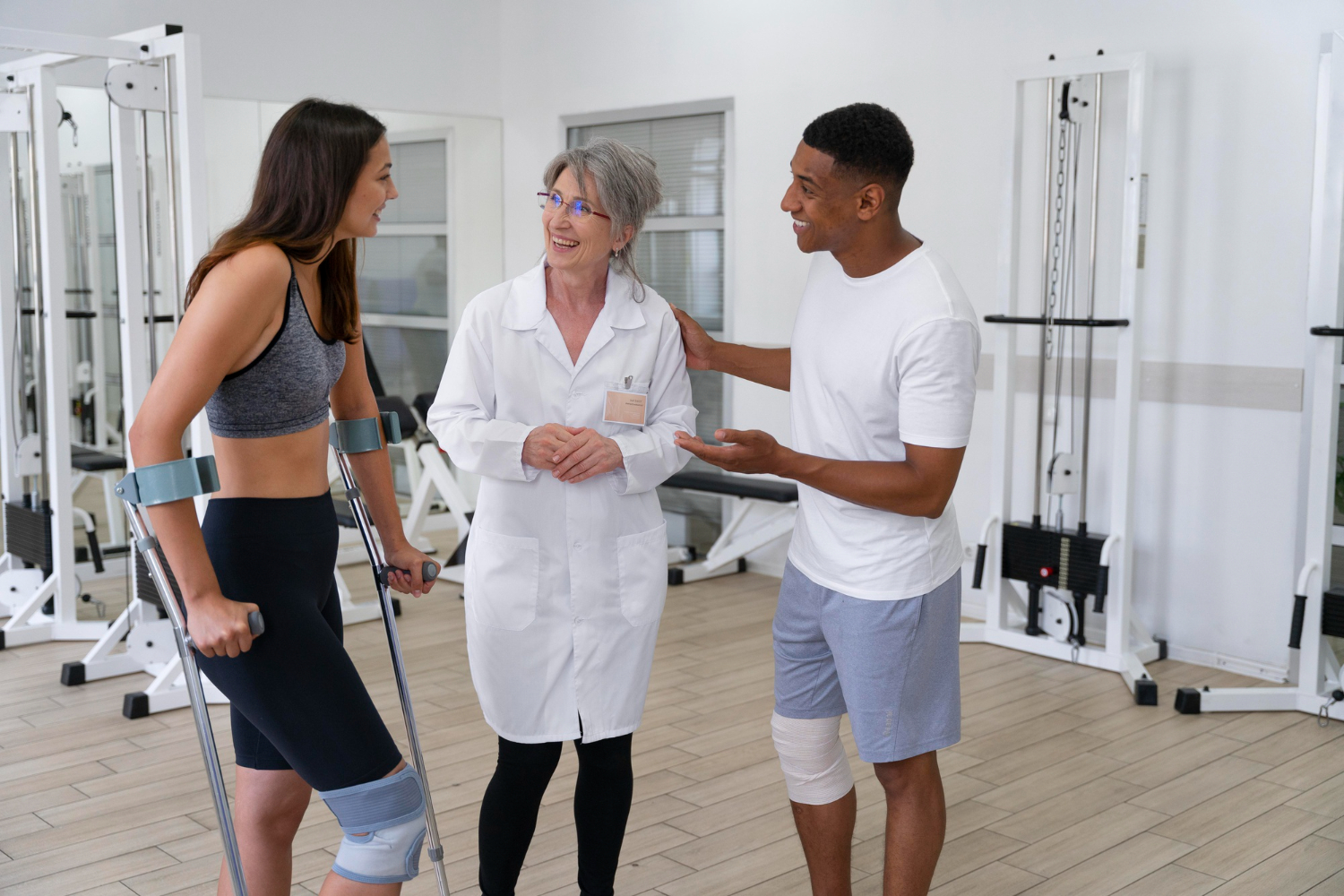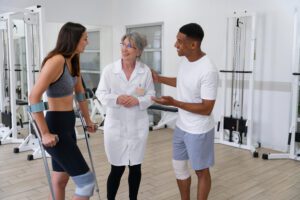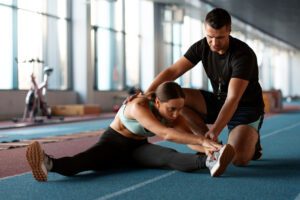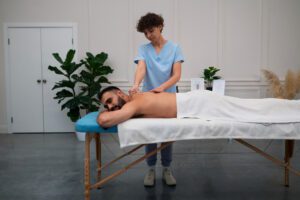Roles of a Sports Medicine Team: A Winning Formula for Athlete Health and Performance

In the high-stakes world of sports, where peak performance and rapid recovery are essential, athletes depend on more than just talent and training. Behind every successful athlete is a dedicated sports medicine team—a diverse group of professionals who work together to optimize health, prevent injuries, and accelerate recovery. Let’s explore the key roles of a sports medicine team and how each member contributes to an athlete’s overall well-being.
1. Team Physicians: The Medical Leaders

Primary Role: Diagnosis, treatment, and medical clearance
Team physicians are at the top of the sports medicine hierarchy. Usually with a background in orthopedics or sports medicine, these licensed medical doctors are responsible for diagnosing and treating injuries, managing long-term health conditions, and overseeing rehabilitation. They also play a critical role in making return-to-play decisions, ensuring that an athlete’s health is not compromised for the sake of competition.
Key Responsibilities:
-
Conduct physical exams and injury assessments
-
Order diagnostic tests (X-rays, MRIs)
-
Prescribe medications or treatments
-
Perform surgeries when necessary
-
Coordinate care with other specialists
2. Athletic Trainers: The First Responders

Primary Role: Injury prevention, on-field emergency care, and rehabilitation
Often the first to respond when an athlete goes down, athletic trainers are certified healthcare professionals who specialize in preventing, diagnosing, and treating musculoskeletal injuries. They work closely with athletes during practices and games, providing taping, bracing, and immediate care. Athletic trainers also develop rehabilitation programs and communicate frequently with both coaches and physicians.
Key Responsibilities:
-
Apply preventive techniques like taping and stretching
-
Provide first aid and emergency care
-
Design injury rehab protocols
-
Monitor progress and adjust rehab plans
-
Educate athletes on injury prevention
3. Physiotherapists (Physical Therapists): The Movement Specialists

Primary Role: Rehabilitation and physical conditioning
Physiotherapists focus on restoring mobility, strength, and function through tailored exercise programs and manual therapy. They work one-on-one with athletes recovering from injuries or surgeries to regain full performance potential. Their expertise in biomechanics and movement patterns is crucial in both recovery and preventing re-injury.
Key Responsibilities:
-
Conduct movement assessments and identify imbalances
-
Develop individualized rehab exercises
-
Use manual therapy techniques (massage, mobilization)
-
Incorporate modalities like ultrasound and electrical stimulation
-
Guide return-to-sport progression
4. Other Supporting Professionals




While physicians, athletic trainers, and physiotherapists form the core sports medicine team, other professionals often play vital roles:
-
Sports Psychologists: Address mental health, focus, and performance anxiety
-
Nutritionists/Dietitians: Optimize diet for energy, recovery, and long-term health
-
Massage Therapists: Aid muscle recovery and reduce soreness
-
Chiropractors: Focus on spinal alignment and neuromuscular function
Teamwork Makes the Dream Work
The strength of a sports medicine team lies in collaboration. These professionals work in sync, combining medical expertise, hands-on care, and performance science to ensure athletes perform at their best and bounce back from injuries safely and efficiently.
Whether it’s a weekend warrior, a college athlete, or a pro player, having access to a well-rounded sports medicine team is key to long-term success and health in any sport.
Want more insights on athlete wellness and performance? Stay tuned to our blog for expert tips, latest research, and behind-the-scenes stories from the world of sports medicine.
